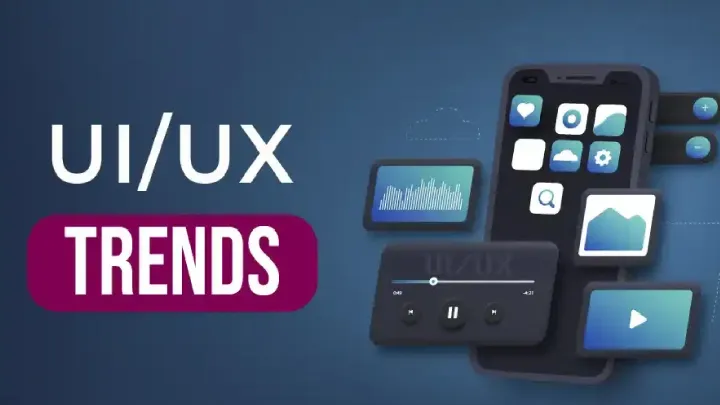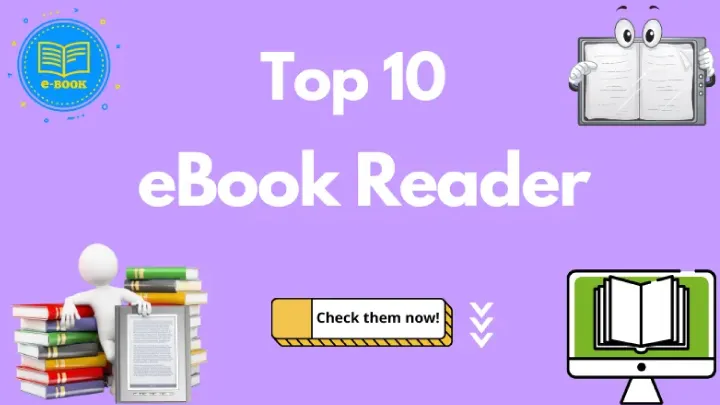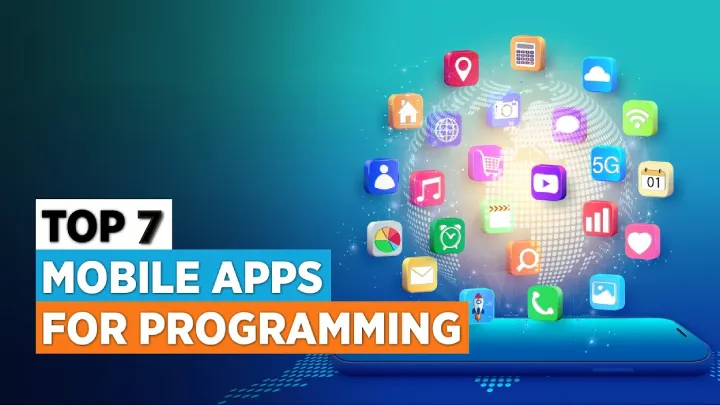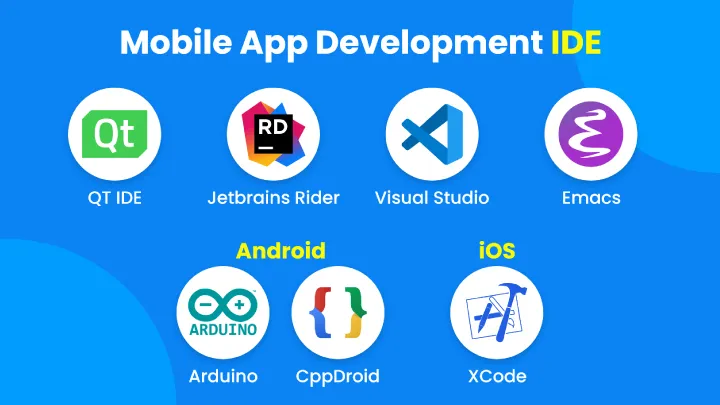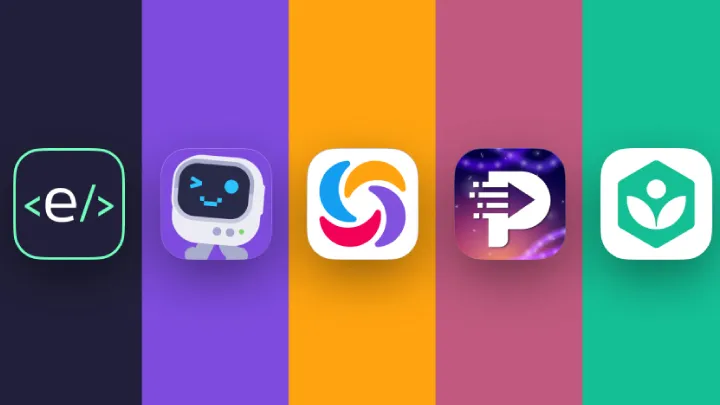Introduction
The past two decades have marked an unprecedented digital revolution. Mobile applications, or “apps,” have completely reshaped the way humans connect, work, entertain themselves, and perceive the world. What began as simple tools to enhance phone functionality quickly grew into ecosystems of immense cultural, social, and economic significance. Some apps became passing fads, but others cemented themselves as cornerstones of modern digital life.
In this article, we will explore the top 10 apps of all time, analyzing not only their features but also their impact on society, their long-term influence on industries, and how they represent milestones in the history of technology. Each app will be discussed in depth, covering origins, features, impact, and criticism, so readers can understand why these apps deserve a place in the hall of fame of the digital age.
Facebook: The Social Media Giant
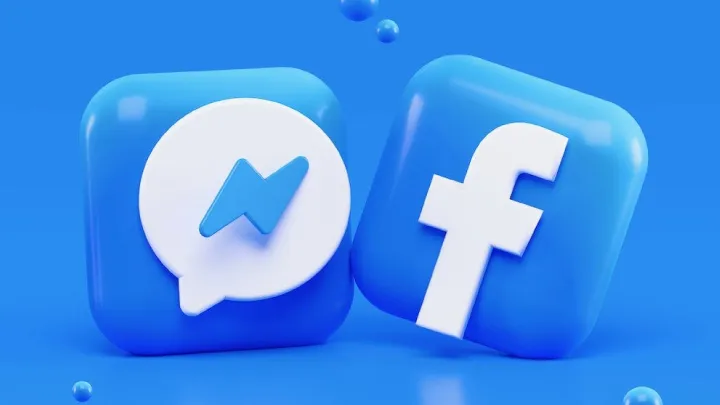
Background
Launched in 2004 by Mark Zuckerberg and his Harvard peers, Facebook started as a networking platform for college students. Within a few years, it expanded globally, becoming the first truly dominant social media network. By the mid-2010s, Facebook had over 2 billion monthly active users, shaping not only online communication but also global politics, advertising, and media.
Core Features
Facebook introduced features like the News Feed, Groups, Pages, and Marketplace. It allowed users to share updates, photos, and videos, join communities, and interact in real-time. Its algorithms curated personalized feeds, making it addictive and engaging. The platform also pioneered targeted advertising, enabling businesses to reach customers like never before.
Impact
Facebook’s role in shaping modern communication cannot be overstated. It transformed how people maintain relationships, spread information, and consume media. Politically, it influenced elections worldwide, making social media a tool for both democracy and manipulation. Economically, it created opportunities for small businesses through its advertising ecosystem.
Criticism
Despite its success, Facebook faced controversies, including privacy concerns (Cambridge Analytica scandal), fake news, mental health impacts, and accusations of monopolistic behavior. These criticisms led to increased scrutiny and regulatory debates around social media’s role in society.
YouTube: The Video Revolution
Background
Founded in 2005 and acquired by Google in 2006, YouTube quickly became the global hub for video content. From amateur uploads to professional productions, it democratized video distribution.
Core Features
YouTube offers endless categories of videos—tutorials, entertainment, vlogs, music, documentaries, and live streams. The introduction of monetization programs allowed content creators to earn income, creating the modern influencer economy. Features like subscriptions, recommendations, and Shorts solidified its dominance.
Impact
YouTube changed how people learn, entertain themselves, and build careers. It became a platform where unknown individuals could rise to global fame. It disrupted traditional television, reshaped advertising, and fostered digital education with free tutorials.
Criticism
Challenges include misinformation, harmful content, demonetization issues for creators, and controversies over algorithm-driven radicalization. Still, its influence as the world’s video library is undeniable.
WhatsApp: Redefining Communication
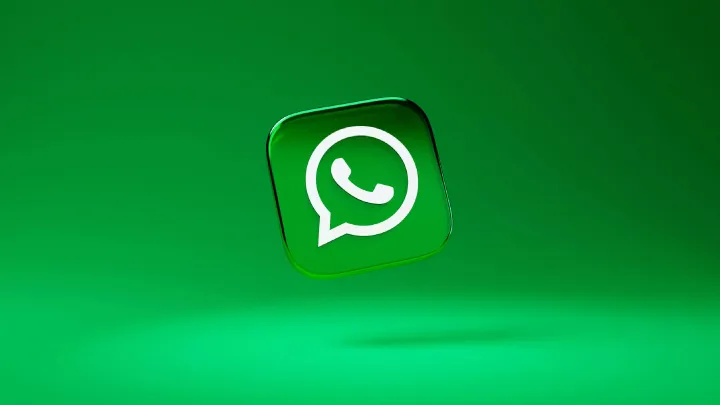
Background
Launched in 2009 and later acquired by Facebook in 2014, WhatsApp revolutionized mobile messaging. Unlike SMS, it used internet data, making communication faster and cheaper.
Core Features
WhatsApp allows instant messaging, voice calls, video calls, group chats, and file sharing. End-to-end encryption set it apart, ensuring privacy and security for users. Its simplicity and cross-device availability made it universal.
Impact
WhatsApp became the world’s most widely used messaging app, with billions of users. It transformed how families, friends, and businesses communicate globally. In many countries, it even became the default communication channel for work, education, and commerce.
Criticism
Despite encryption, WhatsApp has been criticized for facilitating misinformation and spam. Its integration with Facebook also raised privacy concerns. Nonetheless, it remains an essential tool in everyday digital life.
Instagram: The Age of Visual Storytelling
Background
Founded in 2010 and acquired by Facebook in 2012, Instagram pioneered visual-based social networking. Unlike Facebook’s text-heavy style, Instagram focused on photos and later short videos.
Core Features
Instagram introduced photo filters, Stories, Reels, and IGTV. Its emphasis on aesthetics attracted artists, brands, and influencers. It became a hub for lifestyle inspiration, shopping, and social trends.
Impact
Instagram shaped modern pop culture and consumer behavior. It birthed the influencer industry, where individuals earn millions by promoting products. Fashion, travel, food, and beauty industries now rely heavily on Instagram marketing.
Criticism
The app has faced backlash for fostering unrealistic beauty standards, mental health issues, and algorithmic biases. Still, its cultural significance is unmatched.
TikTok: The Short-Form Phenomenon
Background
Launched by Chinese company ByteDance in 2016 (internationally in 2018), TikTok quickly grew into a global powerhouse. Its short-form videos captured Gen Z’s attention and beyond.
Core Features
TikTok’s algorithm-driven feed shows personalized content. Users can create 15–60 second videos with music, effects, and filters. Its duets, challenges, and trends foster virality.
Impact
TikTok revolutionized content consumption. It shortened attention spans but also boosted creativity. Musicians, comedians, and educators gained fame through viral clips. Brands now rely on TikTok for marketing, making it a cultural trendsetter.
Criticism
TikTok faces scrutiny over data privacy, addictive usage, and potential censorship. Despite controversies, it remains one of the fastest-growing apps in history.
Spotify: Music in the Cloud
Background
Founded in 2006 in Sweden, Spotify became the world’s leading music streaming app. It shifted music consumption from downloads to streaming.
Core Features
Spotify offers millions of tracks, playlists, podcasts, and personalized recommendations. Its free tier with ads and premium subscription model made music accessible.
Impact
Spotify disrupted the music industry, reducing piracy and giving artists global reach. It reshaped listening habits with curated playlists like “Discover Weekly” and made podcasts mainstream.
Criticism
The company has faced criticism over artist royalties, as many musicians argue payments are insufficient. Nevertheless, it dominates the streaming era.
Google Maps: Navigating the World
Background
Launched in 2005, Google Maps transformed navigation. Before smartphones, people relied on paper maps or standalone GPS devices.
Core Features
Google Maps offers directions, satellite imagery, Street View, traffic updates, and integration with businesses. Its accuracy and real-time updates made it indispensable.
Impact
Google Maps revolutionized travel, logistics, and commerce. It became essential for ride-hailing services like Uber and food delivery apps. It empowered individuals to explore unfamiliar places with confidence.
Criticism
Privacy concerns arose from location tracking. Additionally, some businesses complain about dependency on Google’s ecosystem. Despite this, it remains the gold standard for navigation.
Netflix: Streaming Entertainment
Background
Founded in 1997 as a DVD rental service, Netflix pivoted to streaming in 2007. It became the pioneer of subscription-based on-demand video.
Core Features
Netflix provides movies, series, documentaries, and original content. Its recommendation engine keeps users engaged, while its global availability ensures cultural influence worldwide.
Impact
Netflix disrupted traditional television and cinema, ushering in the era of binge-watching. Its original productions, like Stranger Things and The Crown, reshaped entertainment.
Criticism
The app faces criticism for rising subscription prices, inconsistent content quality, and market saturation. Still, it remains the leader of streaming platforms.
Zoom: Redefining Remote Work
Background
Launched in 2013, Zoom gained massive popularity during the COVID-19 pandemic. It became the default platform for remote work, education, and events.
Core Features
Zoom offers video conferencing, screen sharing, breakout rooms, and webinar hosting. Its reliability and scalability set it apart from competitors.
Impact
Zoom became a lifeline during global lockdowns. It transformed workplaces, enabling remote jobs and hybrid learning. Even after the pandemic, Zoom remains central to digital collaboration.
Criticism
Zoom faced privacy concerns, including “Zoom bombing” incidents. Some argue that virtual meetings increase fatigue. Regardless, it is a defining app of modern work culture.
Twitter/X: Real-Time Conversations
Background
Launched in 2006, Twitter pioneered microblogging. In 2023, Elon Musk rebranded it as “X,” with ambitions of making it a multipurpose app.
Core Features
Twitter/X allows users to share short posts (tweets), follow trends, and engage in real-time discussions. It became a hub for news, politics, and entertainment.
Impact
Twitter changed journalism and activism, enabling real-time reporting and grassroots movements (#MeToo, Arab Spring). It provided a voice to marginalized communities and reshaped political discourse.
Criticism
Twitter/X has been criticized for hate speech, misinformation, and polarization. The platform’s future under Musk remains uncertain, but its cultural legacy is undeniable.
Conclusion
The rise of mobile applications has fundamentally transformed the human experience. From Facebook’s social connectivity to YouTube’s video revolution, from WhatsApp’s instant messaging to TikTok’s cultural trends, these apps are not merely tools—they are cultural institutions. They have shaped economies, industries, and human relationships in ways unimaginable before the smartphone era.
While each app carries its criticisms—privacy issues, mental health impacts, monopolistic behaviors—their collective influence remains a testament to the power of digital innovation. The top 10 apps of all time represent more than convenience: they symbolize humanity’s shift into a connected, digital-first world.









